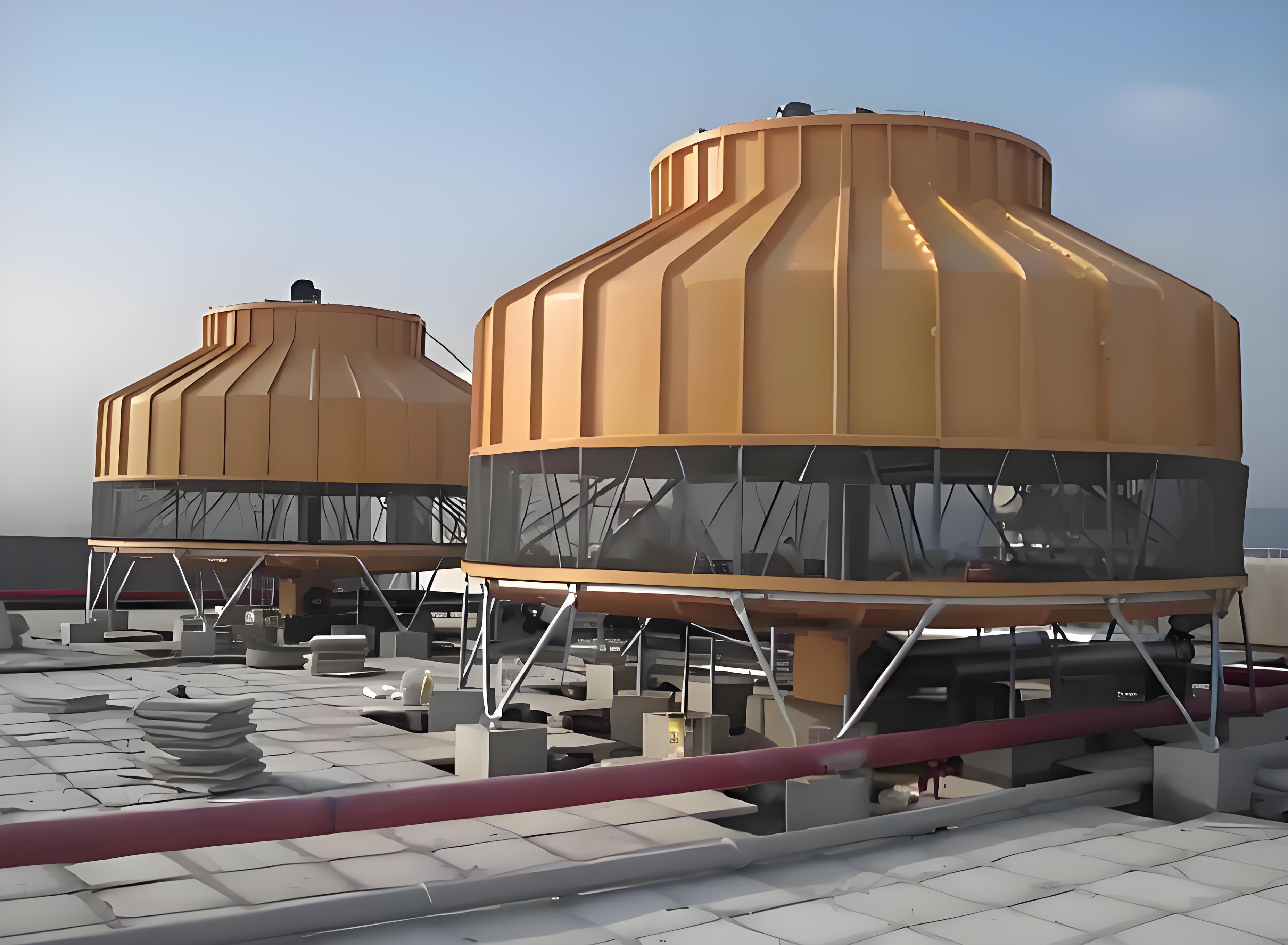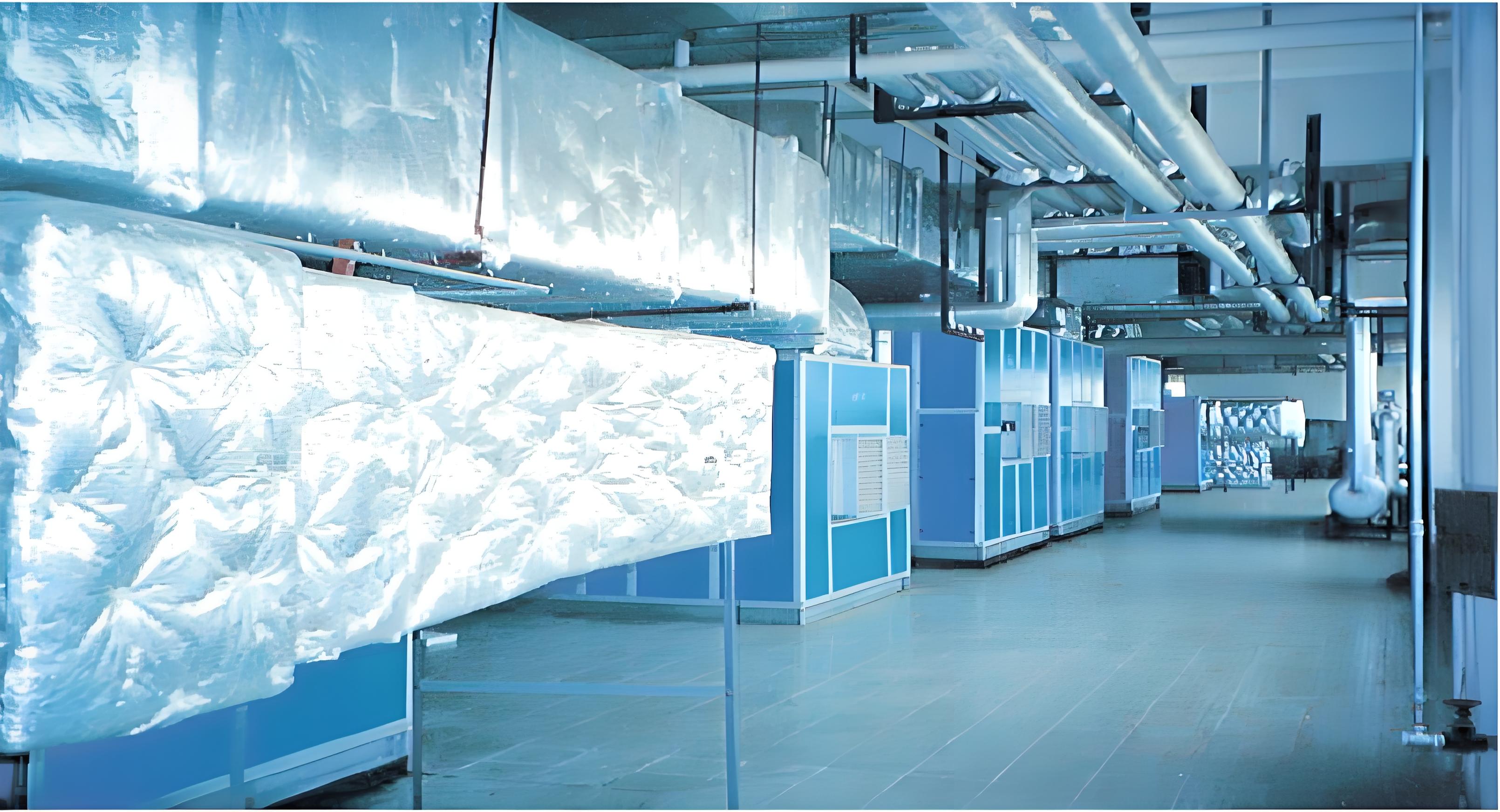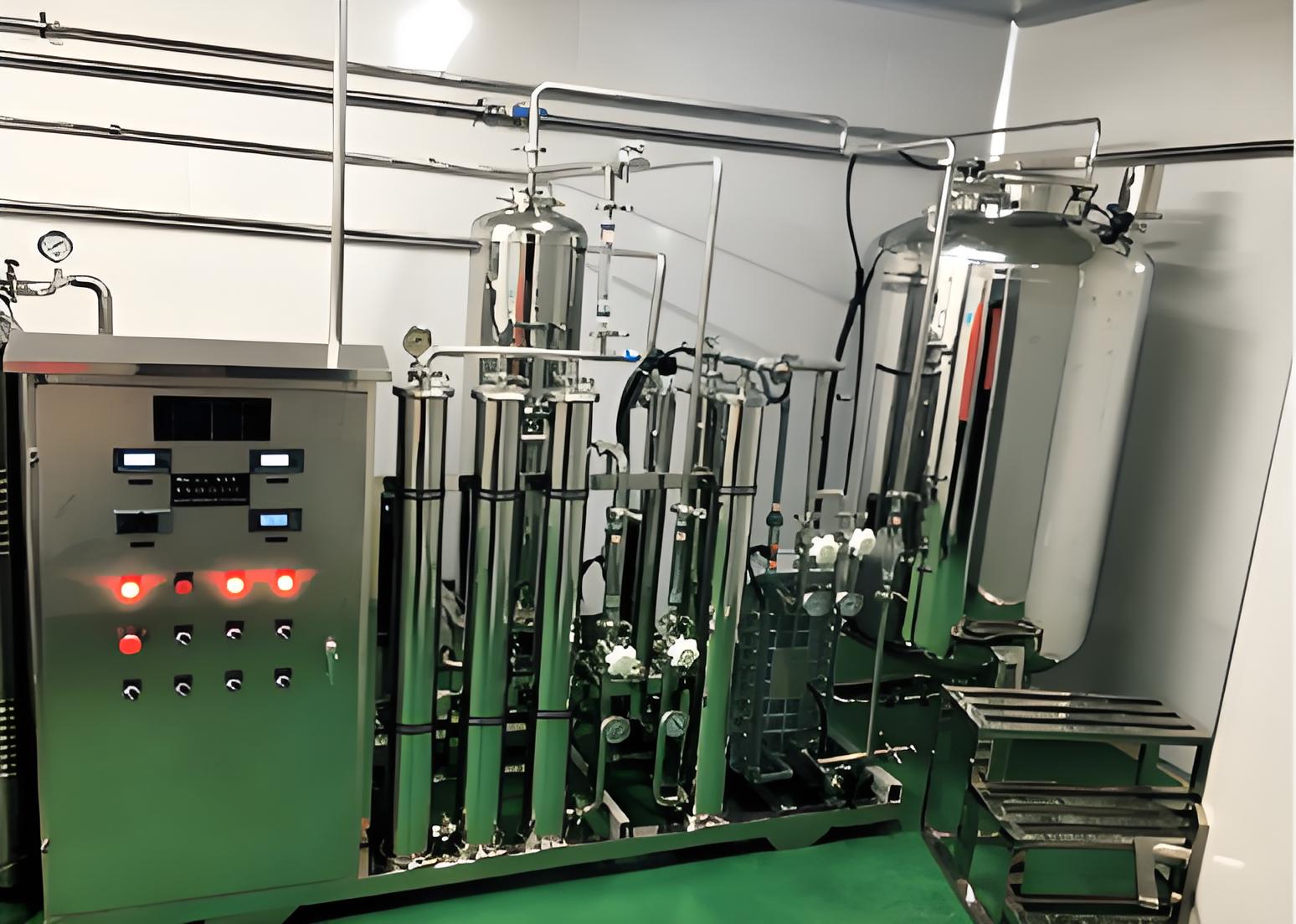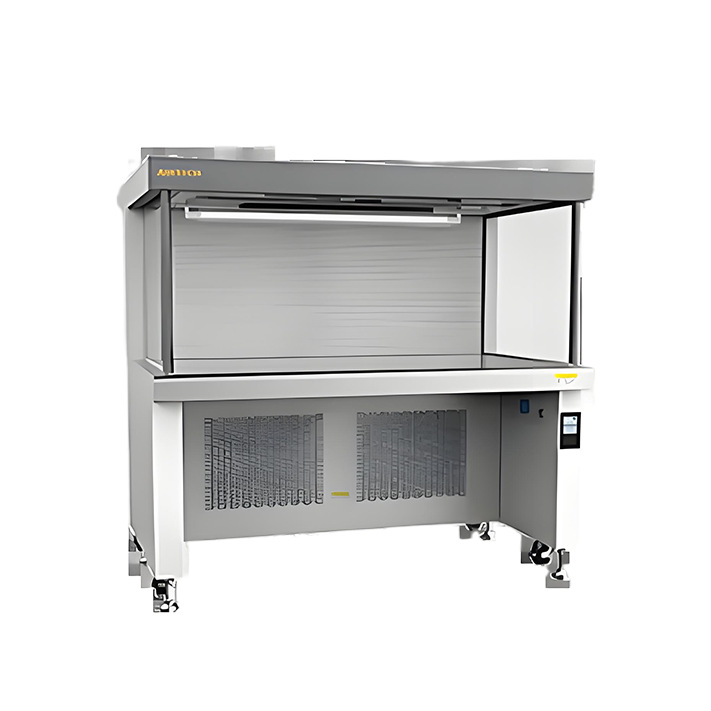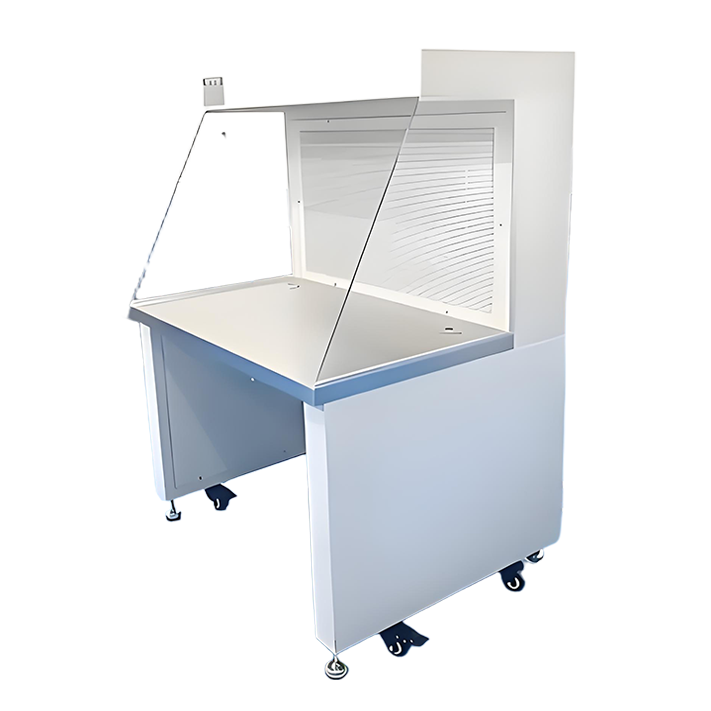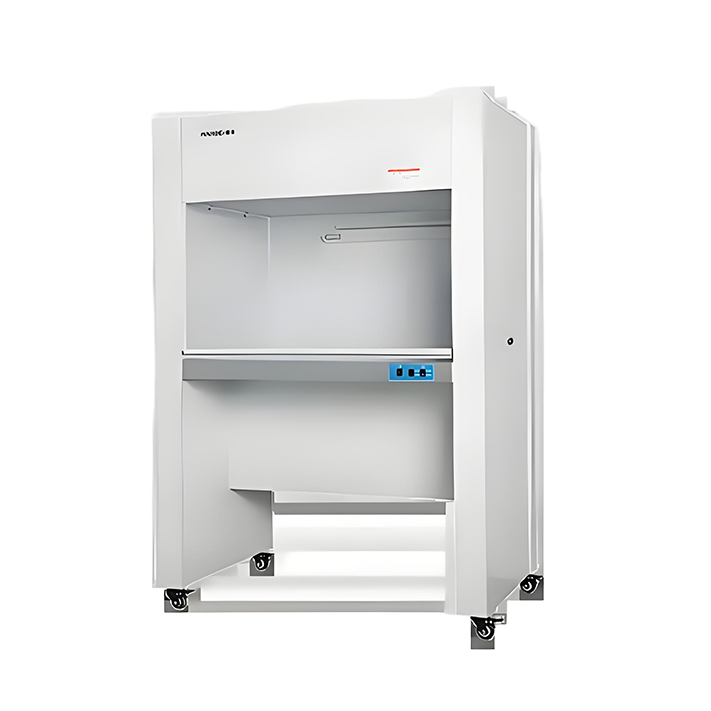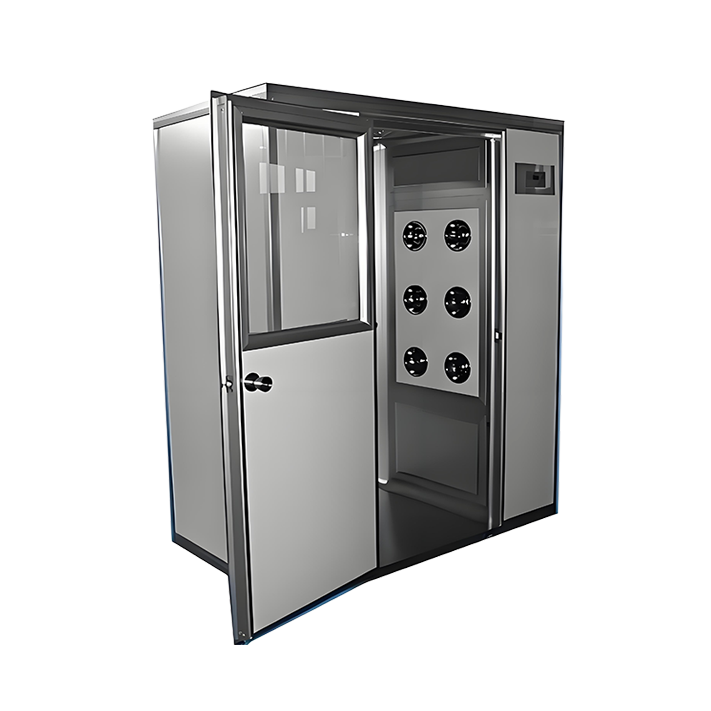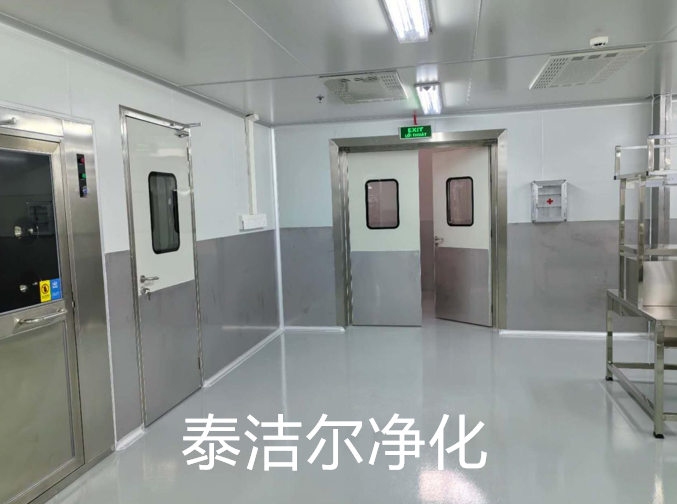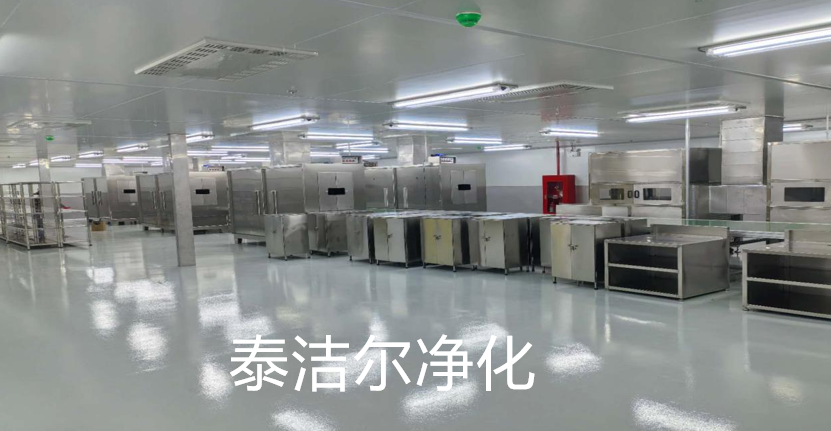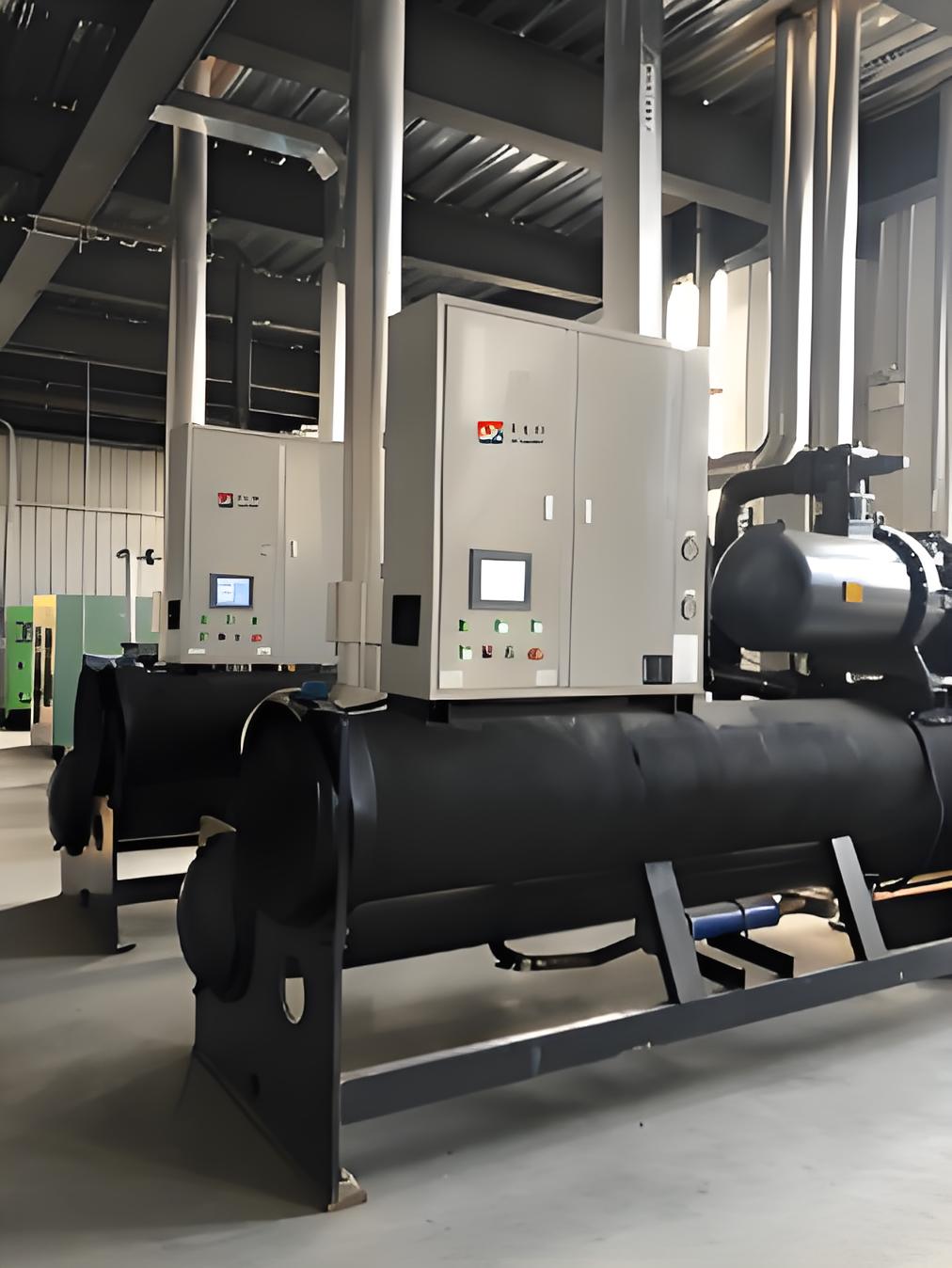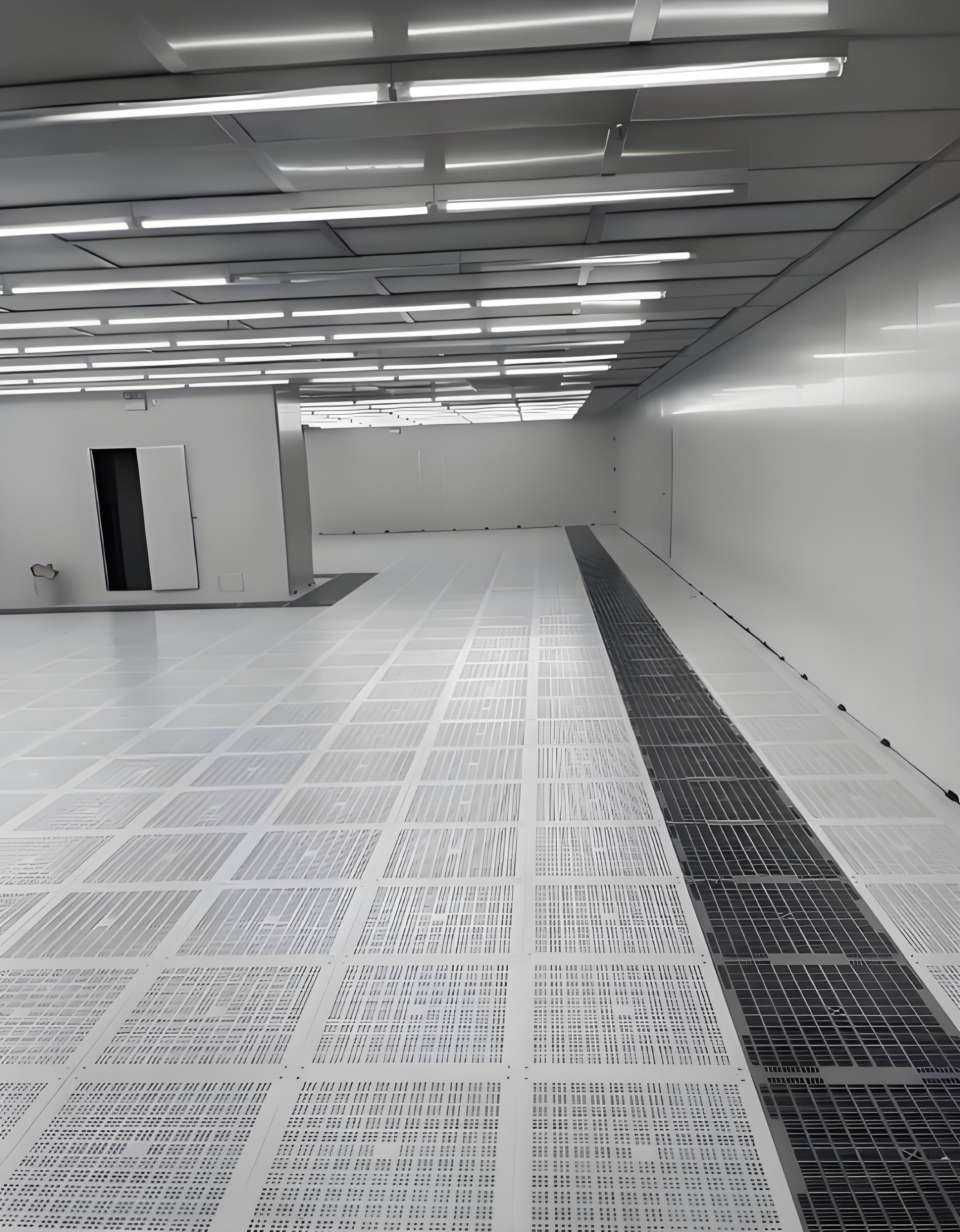Medicine is a vital factor for human survival and health. Clean rooms for pharmaceutical and medical equipment provide a strictly sterile production environment for manufacturing and personnel, not only eliminating contaminants like microorganisms and bacteria but also improving product quality and safety. Every process must be controlled on-site; otherwise, no matter how good the production and management processes are, product quality cannot be fully guaranteed. Most production and manufacturing processes for medical devices and pharmaceuticals take place in clean rooms, with the main supporting facilities being:
Temperature and Relative Humidity
In the absence of special requirements, sterile medical equipment cleanrooms typically require temperature monitoring according to specified standards, with temperatures ranging from 18~28°C and humidity from 45%~65%.
The main reason for cleanroom temperatures exceeding design limits in summer is often due to the initial determination of air conditioning supply volume, i.e., the air change rate for each cleanroom, focusing only on cleanliness indicators and neglecting the heat balance verification for each cleanroom. Therefore, during cleanroom design and operation, the air conditioning supply parameters must be adjusted in real-time to ensure the production cleanroom temperature is maintained at 18~28°C in each season. Temperature and relative humidity primarily affect the product production process and bacterial growth conditions, while also impacting operator comfort and product quality.
Air Volume, Ventilation Rate, and Static Pressure Difference
Determining the air supply volume for medical equipment testing rooms must first meet the ventilation rate requirements for the corresponding cleanliness level. Additionally, the air volume must be further determined through heat and humidity load verification, and high-efficiency filters must be selected based on this. The processed air volume of the filter must be ≤ the rated air volume, and the resistance and efficiency of high-efficiency (sub-high, ultra-high) filters installed in the same clean area must be similar.
Typically, the air supply volume for a cleanroom should take the maximum value of the following three items: the air supply volume required to ensure air cleanliness; the air supply volume determined by heat and humidity load calculations; and the fresh air volume supplied to the cleanroom. The fresh air volume should take the maximum value of the following two items: the total fresh air volume needed to compensate for indoor exhaust and maintain positive indoor pressure; and ensuring the fresh air supply per person per hour in the cleanroom is no less than 40m³.
Ventilation Rate
Once the cleanroom volume is determined, the ventilation rate is calculated based on the air supply volume to the room, and the static pressure difference depends on the difference between the air supply and return volumes and the exhaust volume. The total air supply, fresh air volume, total exhaust volume, and external system pressure difference can be adjusted by fan frequency and speed or total valve opening, while individual room air volume and pressure can be adjusted via branch pipe valve openings.
For specific cleanroom projects, the ventilation rate should be determined based on actual conditions. Especially for projects with low hygiene requirements, the ventilation rate sometimes depends on indoor heat exhaust volume. Generally, the ventilation rate is calculated based on the dust generation from personnel and equipment indoors (or personnel dust generation multiplied by a coefficient), using the larger of two coefficients. Sometimes, for safety reasons, an additional coefficient may be applied to calculate the ventilation rate.
Static Pressure Difference
During cleanroom dynamic monitoring, personnel flow, insufficient fresh air, and frequent door openings are the main reasons for changes in static pressure differences between cleanrooms. If the static pressure difference between the cleanroom and atmosphere or between cleanrooms of different levels is in a critical state, it may indicate that the pressure difference cannot meet requirements due to personnel flow and insufficient fresh air.
Airborne Particles, Airborne Microorganisms, and Settled Microorganisms
If test conditions do not meet specified environmental parameters (temperature, humidity, air velocity, ventilation rate, static pressure difference within specified ranges), the main project for airborne particle testing should be considered invalid. Results for airborne or settled microorganisms should also be deemed invalid. Temperature, relative humidity, air velocity, ventilation rate, and static pressure difference collectively form the cleanroom microclimate, serving as important indicators of whether the cleanroom is functioning normally. Main process tests and key projects can be modified into comprehensive performance tests. Only this way can production cleanrooms be comprehensively and systematically monitored. To ensure the scientific accuracy of cleanroom performance monitoring data, testing departments must simultaneously verify prerequisite conditions like temperature, relative humidity, ventilation rate, and static pressure difference when conducting tests for key projects like airborne particles and microorganisms.
The testing standards for sterile medical equipment cleanroom design—temperature, relative humidity, air velocity, ventilation rate, and static pressure difference—are all implemented according to the "Technical Parameters for Cleanroom Design." Issues in pharmaceutical factory cleanroom design also provide reference value for sterile medical equipment cleanrooms.
